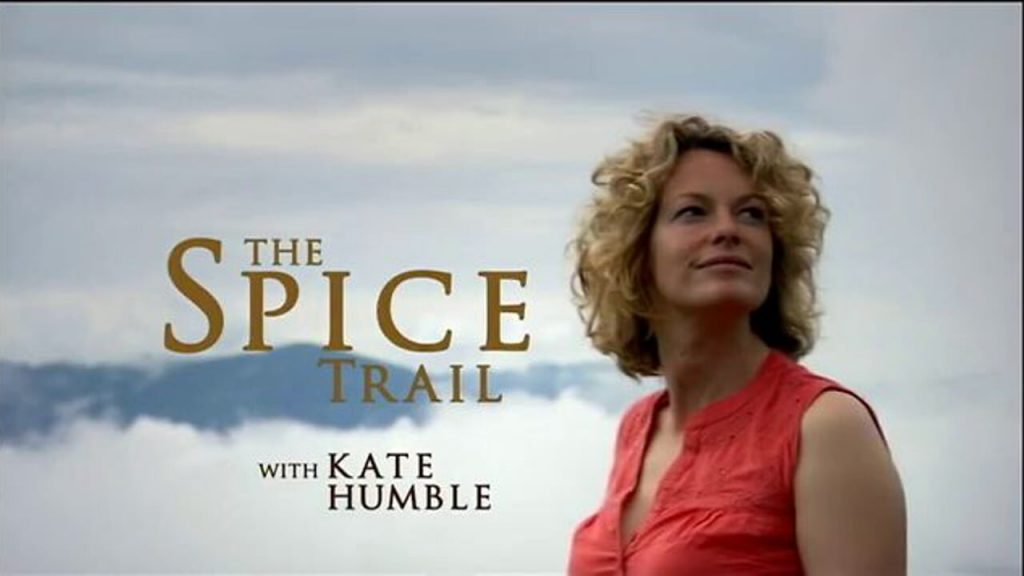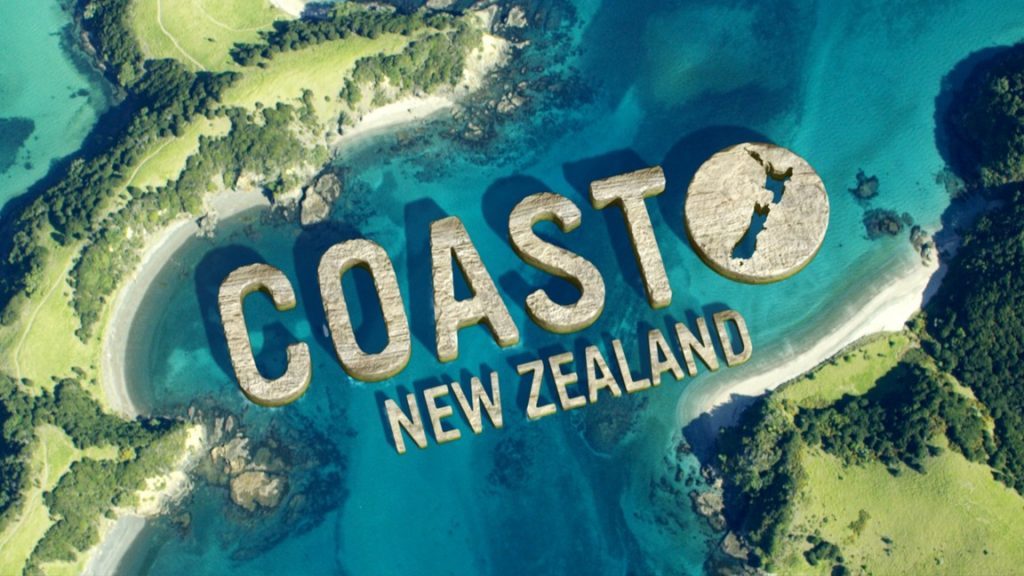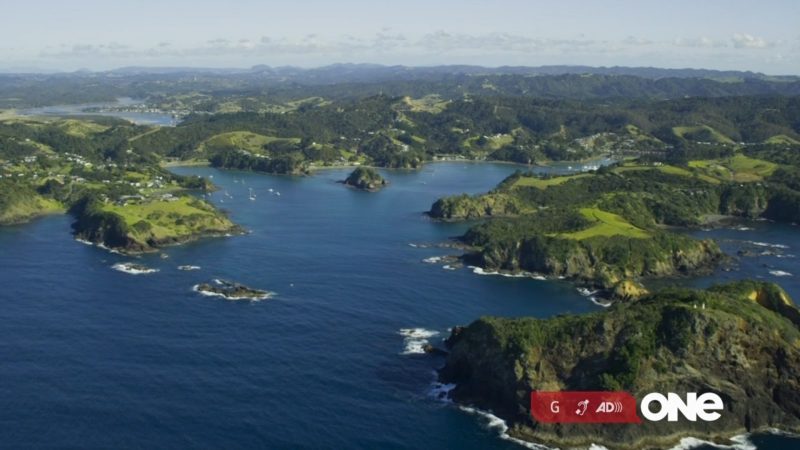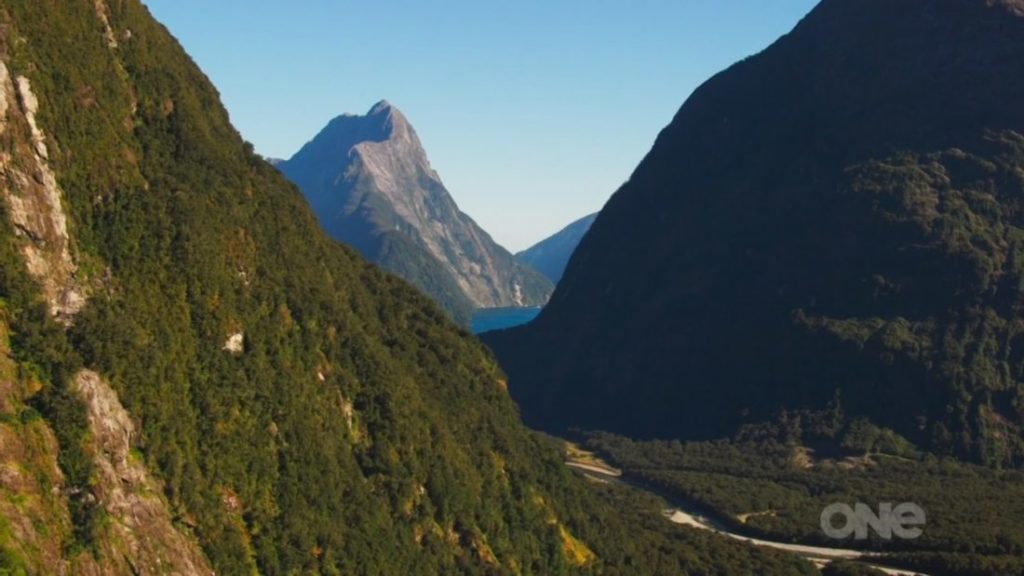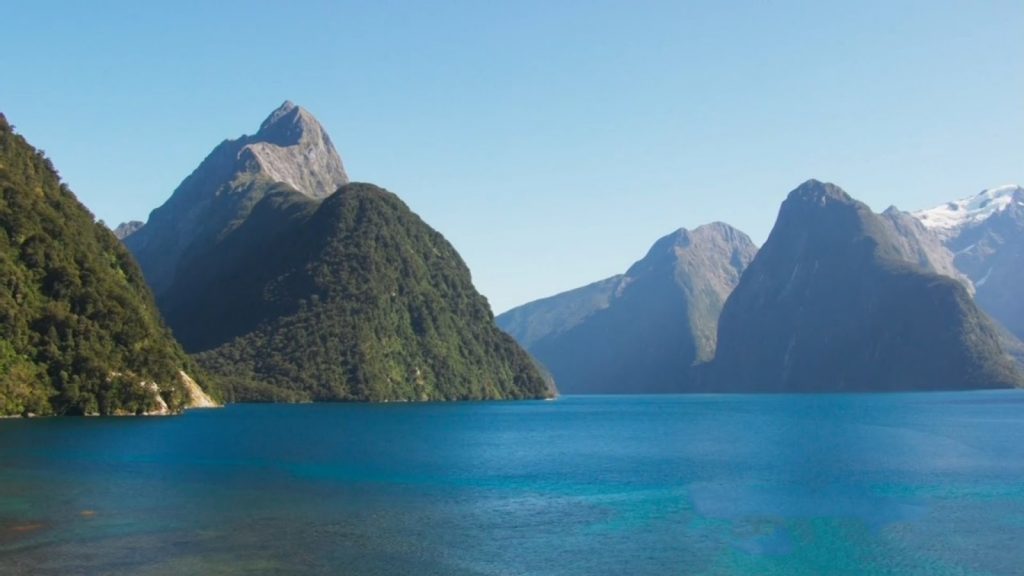The Spice Trail episode 1: Kate Humble retraces the steps of 15th-century explorers as she sets out on a spice trail that takes her to India and Sri Lanka, the birthplaces of pepper and cinnamon. She begins her travels on India’s ‘Spice Coast’, where she uncovers the story of pepper, once known as black gold and now the most consumed spice in the world. She does the pepper dance to shake the berries from their stalk, meets farmers fighting back against a disease that is devastating pepper crops, and is taught the centuries-old secret language still used by the traders who wheel and deal in the spice.
Alternative stream
From India, Kate heads south to Sri Lanka, the land of cinnamon – a place shrouded in mystery to Europeans until the Portugese accidentally landed on its shores. She attends the spectacular Buddhist festival, or Perahara, which celebrates local resistance to the invaders, and takes part in the delicate process of harvesting the spice and making a cinnamon quill. Finally, she witnesses the crucial make-or-break negotiations of local farmers trying to sell their crops.
Kate Humble goes on the trail of some of the world’s most valuable spices revealing their history, trade, mythology and usage
The Spice Trail episode 1
Katherine Mary Humble is an English television presenter and narrator, mainly working for the BBC, specialising in wildlife and science programmes. Humble served as President of the RSPB from 2009 until 2013. She is an ambassador for the UK walking charity Living Streets.
Spice trade
The spice trade involved historical civilizations in Asia, Northeast Africa and Europe. Spices such as cinnamon, cassia, cardamom, ginger, pepper, nutmeg, star anise, clove and turmeric were known and used in antiquity and traded in the Eastern World. These spices found their way into the Near East before the beginning of the Christian era, with fantastic tales hiding their true sources.
The maritime aspect of the trade was dominated by the Austronesian peoples in Southeast Asia, namely the ancient Indonesian sailors which established routes from Southeast Asia (and later China) to Sri Lanka and India by 1500 BC. These goods were then transported by land towards the Mediterranean and the Greco-Roman world via the incense route and the Roman–India routes by Indian and Persian traders. The Austronesian maritime trade lanes later expanded into the Middle East and eastern Africa by the 1st millennium AD, resulting in the Austronesian colonization of Madagascar.
Within specific regions, the Kingdom of Axum (5th century BC–AD 11th century) had pioneered the Red Sea route before the 1st century AD. During the first millennium AD, Ethiopians became the maritime trading power of the Red Sea. By this period, trade routes existed from Sri Lanka (the Roman Taprobane) and India, which had acquired maritime technology from early Austronesian contact. By mid-7th century AD, after the rise of Islam, Arab traders started plying these maritime routes and dominated the western Indian Ocean maritime routes.
Arab traders eventually took over conveying goods via the Levant and Venetian merchants to Europe until the rise of the Seljuk Turks in 1090. Later the Ottoman Turks held the route again by 1453 respectively. Overland routes helped the spice trade initially, but maritime trade routes led to tremendous growth in commercial activities to Europe.
